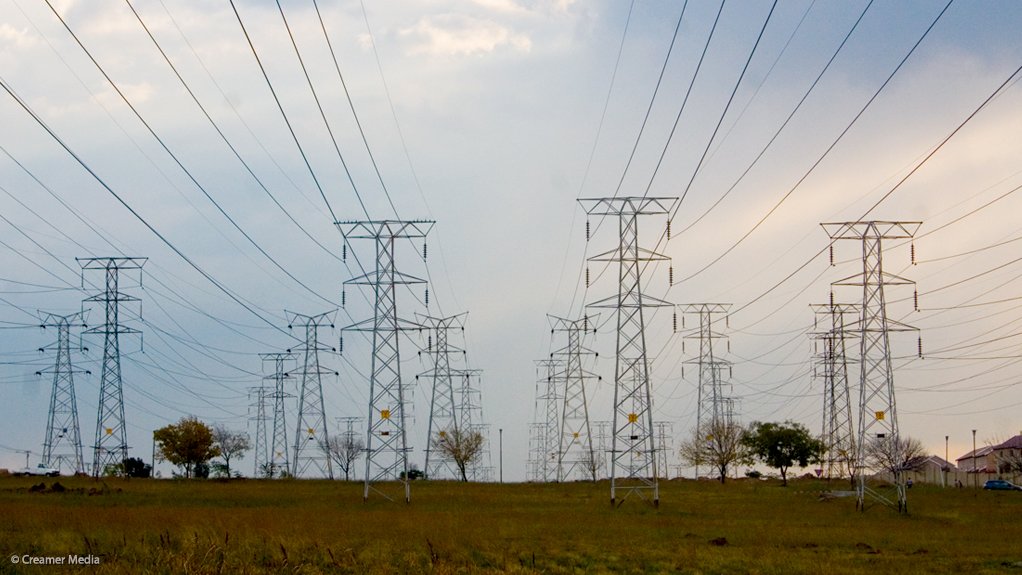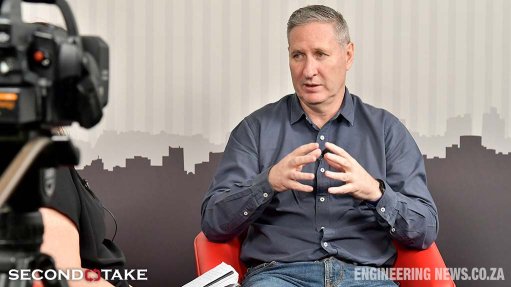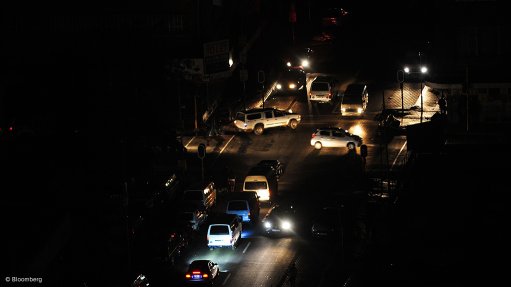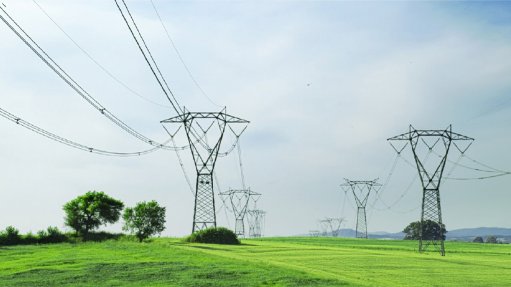Report urges South Africa to push pause on gas-to-power so risks and alternatives can be fully assessed
A new report on the role of gas in South Africa’s electricity system argues that it would be a “costly mistake” to pursue large gas-to-power investments in light of a shrinking role for gas in the power sector and improving prospects for greener alternatives.
Published by the International Institute for Sustainable Development (IISD), the report suggests that a pause be placed on any gas-to-power development until at least 2030. This, given its analysis showing that gas supply to the electricity industry will be unnecessary until 2035, by which date the penetration of variable renewable energy should be such that system balancing would be required.
“The electricity market will also enter a new age around 2035, as most coal generators will be phased out.
“For this reason, the gas industry has identified an opportunity to expand gas usage and investment in gas generators, with a view to delivering peaking, balancing, and perhaps even bulk supply from gas.
“This would be a costly mistake,” the report asserts, while highlighting improving prospects for alternatives such as green hydrogen.
Delivering the report’s findings on Thursday, IISD policy adviser Richard Halsey explained that there was no economic case for bulk or peaking supply from new-build gas plants, while there was significant uncertainty about the role of gas in providing balancing or back-up capacity.
Halsey also highlighted several risks associated with a large-scale gas-to-power deployment, including the risk of building stranded assets, which would be written off well before the end of their operational lives.
The report even warns that the development of a gas-to-power industry, base on the notion of gas as a transition fuel, could add to South Africa’s just-transition burden. Such a “short-lived industry” would leave a new generation of gas workers and communities facing hardships similar to those currently confronting the coal sector.
“Because gas is both high risk and not necessary in the power sector until at least 2035, a decision on a future requirement for gas should be revisited around 2030 based on available technologies and costs at that time,” the report, titled ‘Gas Pressure: Exploring the case for gas-fired power in South Africa’, argues.
Halsey also warns against seeking to anchor the development of a domestic gas industry on the back of a gas-to-power roll-out, describing such an approach as akin to placing the “cart before the horse”.
“Decisions need to be made in the right order.
“National energy planning must first demonstrate that gas-to-power investment is optimal in terms of its primary function, which is to generate electricity, before it is used as a way to motivate for other investments, such as developing gas supply.”
The report thus calls for both a transparent process of revising the Integrated Resource Plan for electricity and the development of an Integrated Energy Plan (IRP), where the role of gas outside of the power sector can be evaluated.
Prior to 2030, the report argues that the focus should be on bringing renewables capacity online as fast as possible.
“As the least-cost, lowest-carbon supply option with shortest lead times, renewables must form the basis of all new generation infrastructure to address current power shortages, enable optimal pumped storage usage and allow for ambitious coal phase-out.
“Furthermore, the rate of capacity addition must be scaled up significantly from the current IRP 2019.
“This is the most future-proof way to address load-shedding.”
Comments
Press Office
Announcements
What's On
Subscribe to improve your user experience...
Option 1 (equivalent of R125 a month):
Receive a weekly copy of Creamer Media's Engineering News & Mining Weekly magazine
(print copy for those in South Africa and e-magazine for those outside of South Africa)
Receive daily email newsletters
Access to full search results
Access archive of magazine back copies
Access to Projects in Progress
Access to ONE Research Report of your choice in PDF format
Option 2 (equivalent of R375 a month):
All benefits from Option 1
PLUS
Access to Creamer Media's Research Channel Africa for ALL Research Reports, in PDF format, on various industrial and mining sectors
including Electricity; Water; Energy Transition; Hydrogen; Roads, Rail and Ports; Coal; Gold; Platinum; Battery Metals; etc.
Already a subscriber?
Forgotten your password?
Receive weekly copy of Creamer Media's Engineering News & Mining Weekly magazine (print copy for those in South Africa and e-magazine for those outside of South Africa)
➕
Recieve daily email newsletters
➕
Access to full search results
➕
Access archive of magazine back copies
➕
Access to Projects in Progress
➕
Access to ONE Research Report of your choice in PDF format
RESEARCH CHANNEL AFRICA
R4500 (equivalent of R375 a month)
SUBSCRIBEAll benefits from Option 1
➕
Access to Creamer Media's Research Channel Africa for ALL Research Reports on various industrial and mining sectors, in PDF format, including on:
Electricity
➕
Water
➕
Energy Transition
➕
Hydrogen
➕
Roads, Rail and Ports
➕
Coal
➕
Gold
➕
Platinum
➕
Battery Metals
➕
etc.
Receive all benefits from Option 1 or Option 2 delivered to numerous people at your company
➕
Multiple User names and Passwords for simultaneous log-ins
➕
Intranet integration access to all in your organisation



















